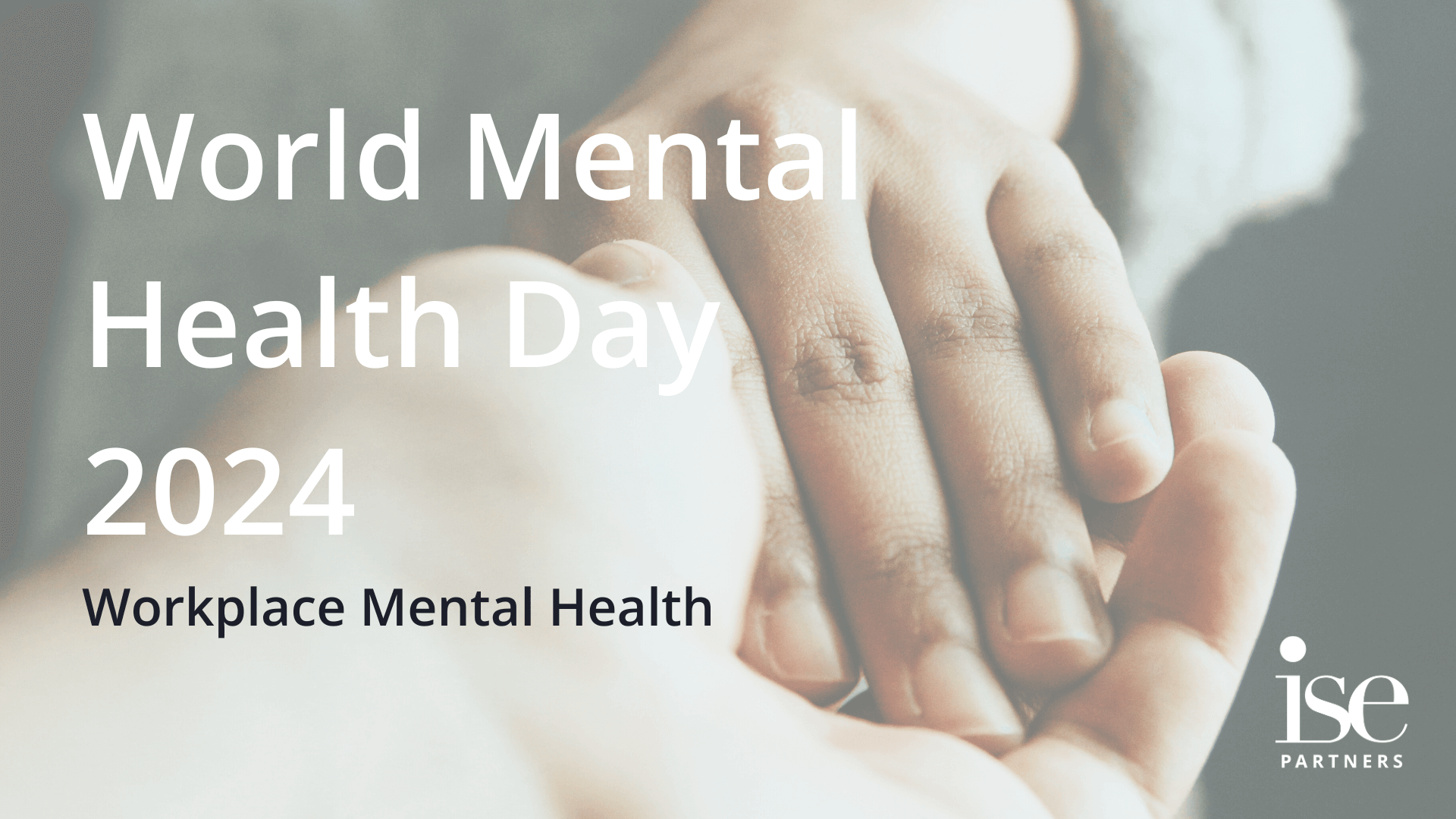In today’s fast-paced world, stress seems to be an inevitable part of life. However, the extent to which it impacts our mental health should not be understated. As we navigate through the complexities of work and life, it’s crucial to shine a light on the prevalence of burnout and stress in our workplaces, particularly as we mark Mental Health Awareness Week.
The Stark Reality
Recent statistics from Mental Health UK’s 2024 Burnout report paint a concerning picture. A staggering 9 in 10 adults experienced high or extreme stress in the past year alone. Almost a quarter of UK adults feel unequipped to manage these stress levels. The toll on the workforce is evident, with a fifth of workers needing time off in 2023 due to poor mental health exacerbated by pressure or stress.
Age and Gender Dynamics
Interestingly, age and gender play significant roles in how stress manifests. Younger workers, aged 18–24, are more likely to take time off due to poor mental health, compared to their older counterparts. Women also bear a heavier burden, facing higher workloads and more unpaid overtime, which can heighten stress levels.
Blurred Boundaries
The lines between work and home life have become increasingly blurred, especially in the wake of the pandemic. With longer working hours and persistent societal changes, the risk of burnout looms large for many.
Identifying the Culprits
Various factors contribute to workplace stress, from fears of job insecurity to the pressure of the cost-of-living crisis. These stressors not only affect individual wellbeing but also productivity and morale within organisations.
A Call to Action
Addressing burnout requires a concerted effort from both employers and employees. It starts with fostering open dialogue about mental health in the workplace and creating environments that prioritise wellbeing.
What Employees Can Do
Employees can take proactive steps to manage stress, including utilising Employee Assistance Programmes (EAPs), setting boundaries, taking breaks, and prioritising physical and mental health. Building a support network and communicating openly with managers is also essential.
What Employers Can Do
Employers play a crucial role in creating mentally healthy workplaces. This includes implementing strategies, policies, and plans for employee mental health, fostering open communication, offering training sessions, recognising achievements, and promoting a culture of care and collaboration. Addressing workplace stressors and adjusting policies based on employee feedback are also vital steps.
At ISE Partners we are fortunate to be a part of the Pertemps Network Group which extends mental health support not only to our employees but also to all temporary workers. One invaluable resource is the Employee Support Hub, where staff can seek guidance from qualified therapists round the clock, ensuring immediate assistance when needed. Moreover, the hub offers a spectrum of support, addressing concerns spanning from emotional wellness to legal matters involving family, property, and debt management.
External Resources for Support
There are numerous resources available outside of work for those struggling with mental health issues, including the NHS, Mental Health UK, Rethink Mental Illness, Samaritans, and other charities.
By acknowledging the prevalence of burnout and stress in our workplaces and taking proactive steps to address them, we can create environments that prioritise mental health and wellbeing for all. Let’s break the silence and work together to build healthier, happier workplaces.



